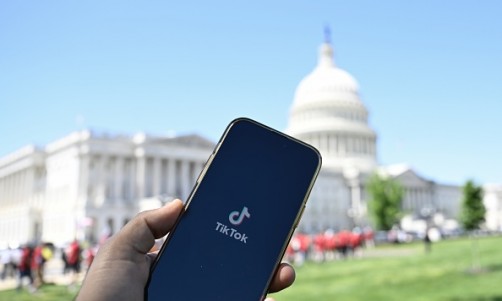Apple recently revamped its entire line of laptops, including its 13-inch and 15-inch MacBook Pro offerings. For obvious reasons, most of the excitement revolved around the brand new Retina MacBook Pro, which packs Apple's "resolutionary" display technology. The 13-inch and 15-inch models, however, received some beefy upgrades as well and should not go unnoticed.
Macworld Lab tested the new systems to see just what the upgraded models offer over the previous ones. Using its Speedmark 7 all-around system performance benchmarking suite, Macworld Lab assessed the differences in performance in the new models compared to their respective predecessors. Old vs. New, the results are in:
The 13-inch MacBook Pro
Apple's new 13-inch MacBook Pro ships in two versions. The first one packs a 2.5GHz dual-core Intel Ivy Bridge Core i5 processor, 4GB of memory, Intel HD Graphics 4000, and a 500GB hard drive, all with an $1199 price tag. The second option comes with a more powerful 2.9GHz dual-core Intel Core i7 processor, 8GB of memory, the same Intel HD Graphics 4000, and a hard drive of 750GB, with a $1499 price tag.
Meanwhile, the previous 13-inch MacBook Pros packed dual-core Intel Sandy Bridge processors, Intel HD Graphics 3000, and 1333 MHz DDR3 SDRAM. The low-end model featured a 2.4GHz Core i5 with 4GB of RAM and a 500GB hard drive, while the high-end one sported a 2.8GHz Core i7 processor, 4GB of RAM and a 750GB hard drive.
According to Macworld's tests, the new system is nine percent faster overall compared to its predecessor in the low-end models. At the higher end, the new system is 15 percent faster overall than its previous counterpart. Tests showed graphics performance marks the greatest improvement: the new high-end and low-end models achieved 42 and 52 percent more frames per second (fps), respectively, in Cinebench's OpenGL test due to the Intel HD Graphics 4000. Also, both of the new systems have a 33 percent higher frame rate in Portal 2, and both proved 10.5 percent faster than their predecessors in Macworld Lab's Handbrake tests.
Compared to each other, the new high-end 2.9GHz system is 17 percent faster overall compared to the new low-end 2.5GHz model. The 8GB of RAM also helped the new high-end system show better improvement in Photoshop results compared to the 4GB of RAM standard found in the low-end 13-inch and in previous models.
The 15-inch MacBook Pro
Apple's new 15-inch MacBook Pro comes in two models as well. The first one packs a 2.3GHz quad-core Intel Ivy Bridge Core i7 processor, 4GB of RAM, integrated Intel HD Graphics 4000, Nvidia GeForce GT 650M discrete graphics, and a 500GB hard drive, with a $1799 price tag. The higher-end model packs a 2.6GHz quad-core Core i7 processors, 8GB of RAM, Intel HD Graphics 4000, Nvidia GeForce GT 650M graphics, and a 750GB hard drive, with a steeper $2199 price tag. Meanwhile, the old 15-inch MacBook Pro models featured quad-core sandy Bridge processors, Intel HD Graphics 3000, discrete AMD Radeon HD 6770M graphics, and 4GB of RAM.
According to tests, the new low-end model is 14 percent faster than the previous low-end model, which packed a 2.2GHz Intel Sandy Bridge Core i7 processor and 4GB of RAM. The new high-end model is eight percent faster overall than the previous high-end model, which featured a 2.4GHz Core i7 processor and 4GB of memory.
Macworld Lab's tests showed the Portal 2 benchmark particularly stands out, with the new MacBook Pros boasting much-improved frame rates. The new low-end model proved 21 percent faster than its predecessor, while the new high-end model is 18 percent faster than the previous high-end model.
Comparing the new systems to each other, the 2.6GHz laptop is eight percent faster than the 2.3GHz model, as the high-end model has more memory than the low-end one.













